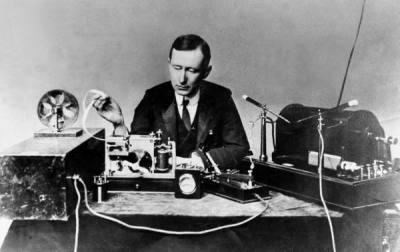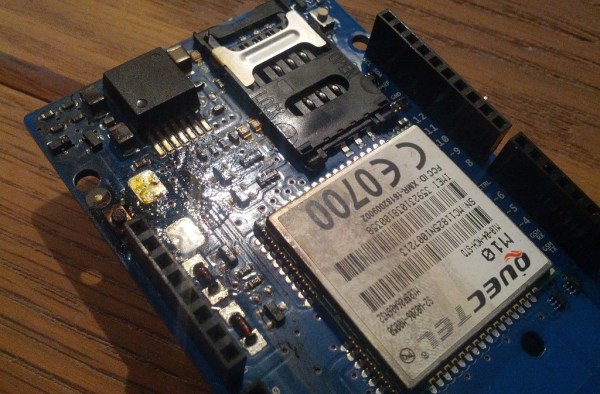Over the years there have been many different audio amplifier designs which have found favour for a while and then been supplanted by newer ideas. One of them has crossed the bench of [Jazzy Jane], it’s a current dumping amplifier from the mid-1980s. A nicely-done home-made project on stripboard mounted on a wooden base board, it sports a power supply, RIAA pre-amp board, and the amplifier itself.
The current dumping amplifier is one that combines a small class A amplifier with a hefty class B one, and through feedback trickery uses the combination to remove the crossover distortion of the class B stage. It’s a simple yet elegant circuit with fewer parts than an equivalent class AB amplifier, and there was a time back in the day when it was all the rage. This one has an op-amp providing the class A part and a complimentary pair of Darlington pairs as the class B.
The video below the break shows the process of bringing the amp back to life, a process mostly concerned with the power supply. There are a set of tantalum capacitors which have failed, and the replacements she’s using turn out to have problems too. They’re a period part for a project of this age, but we might have been tempted to go for another capacitor type here.
The result is an unusual amplifier, brought back to life. You may have seen [Jane] feature here before, with her 1950s signal generator.
Continue reading “Bringing A Current Dumping Amplifier Back To Life”













